Spider veins, a chronic venous insufficiency symptom, are effectively treated with sclerotherapy. As a result of malfunctioning vein valves, varicose veins cause swelling and bulging in the veins, most commonly in the legs. It causes blood to pool in the veins. This condition has the potential to be irritating, unpleasant, and even disfiguring.
Blood is redirected to healthier veins after sclerotherapy causes varicose veins to contract to the point where they disappear. You may be concerned about the safety of this therapy, even though it is the recommended initial step in addressing spider veins. To address your concerns, the following is a complete guide to sclerotherapy.
When To Contemplate If Sclerotherapy Is Right For You
Sclerotherapy is a viable option for those who want to eliminate their spider and varicose veins. The surgery could be performed on some people for purely aesthetic reasons. To determine if sclerotherapy is right for you, talk to your doctor.
People should look at alternate methods first. Hemorrhoids, for instance, are commonly treated with measures including changing one’s lifestyle, increasing one’s fiber intake, and avoiding straining during bowel movements.
If a person’s varicose or spider veins are too twisted for other treatments to be effective, or if they are experiencing any of the following symptoms, sclerotherapy may be a good option. Symptoms may include itching, pain, swelling, and nighttime cramps, feeling incredibly tired or heavy in the legs.
Consultation Is A Must
A dermatologist or vascular medicine specialist will determine if you are a good candidate for sclerotherapy during your preliminary appointment.
If you are pregnant, you will be disqualified. Sclerotherapy is an option if you’re on a birth control pill. Eligibility for treatment of a previous blood clot will be determined individually, taking into account the patient’s general health, the state of the affected area, and the underlying cause of the clot.
Sclerotherapy Appointment
Before suggesting this action, a doctor will examine the troublesome veins or lymph vessels.
Sclerotherapy is an outpatient procedure that typically takes between 30 and 45 minutes. If you have it on your legs, consider wearing shorts. You can continue your regular schedule without problems after your treatment.
Sclerotherapy involves injecting a saline solution into the affected vein using a small needle. One possibility is that they will employ ultrasounds as a navigation aid. When dealing with more prominent varicose veins, you may experience mild burning or cramping for a few minutes.
Alternatively, the doctor may use a 90% alcohol solution to block the vein after injecting an anesthetic and inserting a catheter into the afflicted blood vessel.
To completely collapse a vein, more treatments are usually necessary. It may be required to schedule many appointments if you have multiple varicose veins that need to be treated. Other sessions may be required if additional veins need to be treated, but there is insufficient medication for the job. Maintenance therapies are expected to be used between once per month to three times.
Preparing For Your Appointment
Certain drugs should be avoided before undergoing sclerotherapy. All medications, including those purchased over the counter and any herbs or nutritional supplements, should be discussed with your doctor. Talk to your doctor about whether or not you need antibiotics before sclerotherapy. Before the operation, don’t put any lotion on your legs.
Aspirin, ibuprofen (including Advil, Motrin, and Nuprin), and other anti-inflammatory medicines must be avoided 48-72 hours before sclerotherapy.
Safety
After sclerotherapy, you could feel a little off. One or two days following the treatment, you may have lesser side effects, including itching. Redness and bumps at the injection site are also possible. In a few days, these should be gone. The area around the injection site may also bruise, and this might linger for days or even weeks.
It is possible, albeit uncommon, for an allergic reaction to the injectable fluid to occur during administration. Individuals with a history of allergic reactions are more likely to experience an adverse reaction to the drugs. Itching and mild swelling are symptoms of an allergic reaction. Your doctor will perform a spot test with the agents before applying the solutions to a broader region to be sure there won’t be any significant side effects.
If you are honest with your provider about any preexisting conditions, they will be able to determine if sclerotherapy is safe and effective for you. If they guarantee your safety, you can rest assured that everything will go smoothly whether you use sclerotherapy on your legs or forehead veins.
Effectiveness
A 2016 study on the effectiveness of sclerotherapy treatment for aberrant blood vessel development indicates a success rate of 75%-90%. Successful treatment prevents the return of spider or varicose veins. However, new veins might form, and recurrent treatment may be necessary if they cause symptoms.
Sclerotherapy effectively removes problematic veins in approximately 75%-90% of cases but often requires numerous treatments. If sclerotherapy doesn’t help, then other methods of treatment, such as surgery, may be necessary.
Those with particularly resistant or weak blemishes may not respond well to sclerotherapy. Somewhat fewer than 10% of patients may not have any improvement from the treatment, which is true regardless of vein size.
If sclerotherapy doesn’t work, your doctor may try injecting a different sclerosing solution or suggest another method.
Alternatives
Malformed veins don’t always need medical attention. In the absence of additional symptoms, a physician may opt to wait and observe if the condition worsens or produces any signs over time.
Adjustments to your daily activities may slow the progression of the problem and alleviate any associated symptoms. Examples of such things could be:
- Keeping a healthy weight reduces strain on the veins and increases blood circulation because of decreased blood pressure.
- Avoiding extreme positions such as prolonged standing or sitting with the legs raised above the heart.
- Keep moving to improve blood flow, and consult your doctor about a specific workout regimen to help you.
Takeaway
Sclerotherapy is a minimally invasive treatment of conditions including varicose veins and hemorrhoids. To treat varicose veins, a doctor injects a substance into the veins. Repeated treatments may be necessary.
In most cases, the surgery is safe and effective; thus, the prognosis is favorable.
Contacting and visiting our Sherisse Hill Aesthetic Derm (SHADe) clinic is the first step in having an informed conversation about sclerotherapy’s potential advantages and dangers. We also provide additional cosmetic services for a wide range of needs.

